Beauty and Functionality – The Cigar Jars of Havana
As a member of the recently closed La Casa del Habano Toronto I found myself unboxing three black and red jars. The Partagas logo enveloped the lid like a crown. The cigars inside were rolled using high quality Cuban tobacco. A farmyard aroma emanated from the cedar lined jar. The Partagas Petit Piramdes, or more wildly regarded as the Serie P No. 1, was the special edition cigar inside. Like many humijars released by Habanaos SA this was part of the Duty Free and Travel Retail Series, a limited series. Two things were learned that day: first that a ceramic cigar jar could be kept as a keepsake and second was that a jar could be used as a functioning humidor.
The history of the cigar jar in Cuba begins in the 18th century. The jars were used to keep cigars fresh, of course in the high moisture of Cuba the jars would not have needed extra humidification. Many brands would have used the jar to market their cigars inside: Partagas, Ramon Allones and others. Partagas utilized the advertising aspect by commissioning in the 1920’s a limited run of 1,000 ceramic jars. These jars were all manufactured in Seville, Spain by the company Talavera. All of the Talavera humijars had numbers printed underneath the lid and the bottom. The jars proved to be successful and an unlimited supply was soon released called Partagas Sevilla. Whereas the limited edition Tavalera jar was draped in blue paint accenting the white body, the unlimited Sevilla run was printed brown over the white. The majority of these unlimited run jars were made in the same factory of Seville, and some in Cuba. After the Revolution, the Partagas Sevilla Humijar was distinguished from its brother jar by the different lid pattern.
I began to discover jars to be an integral part of my collecting. When a new jar would be ordered into the store I hoped to be the first one unwrapping a unique item. I began to appreciate different styles of jars. My favorites were porcelain with a heavy lid held tight by a rubber seal.
The cigar jar has developed a following in regards to being released in unique styles. For example, the glass jar became common usage for packing cigars. During the 1950’s and the 1960’s, large producers discovered the simplicity of the jars design. The H. Upmann office jar was built with four metal clasps holding the glass lid in place. All of these jars are color stickered or painted with the brands image, as well as heralding the benefits of storing their special cigars in these containers. H, Upmann, established in 1844, promoted their glass jars as the perfect package to keep the cigars as fresh as they would be smoked in Havana. The jars were declared to keep a cigars’ taste and fragrance then protect against outside odors. For thirty years cigars in glass jars were promoted in this way. In the 1980’s they became less fashionable and their popularity declined until the 2000’s where re-releases of these special jars became desired.
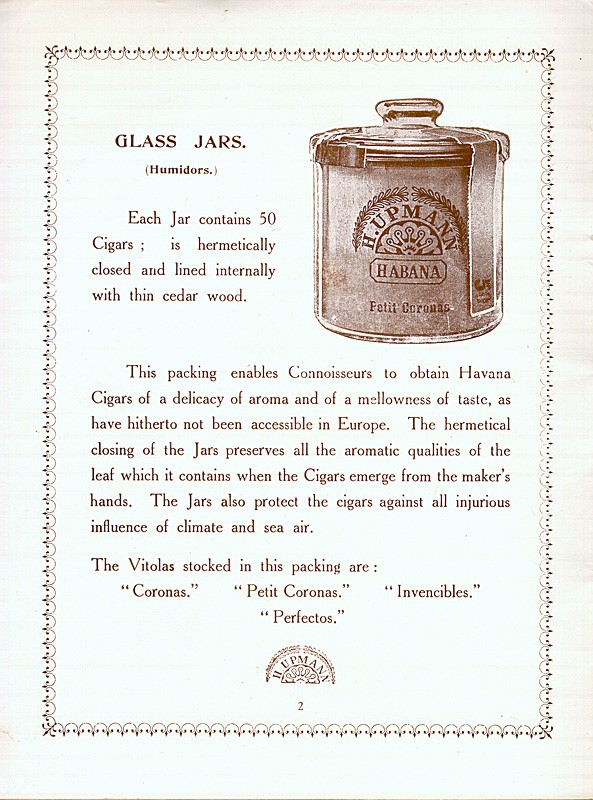

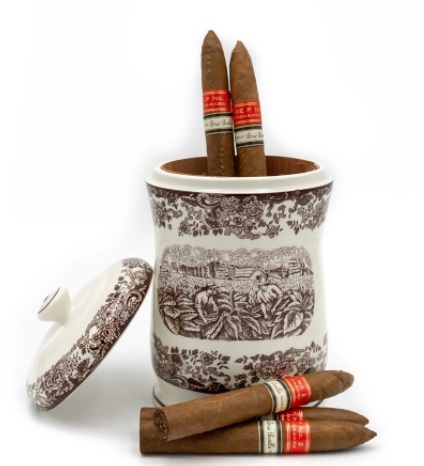
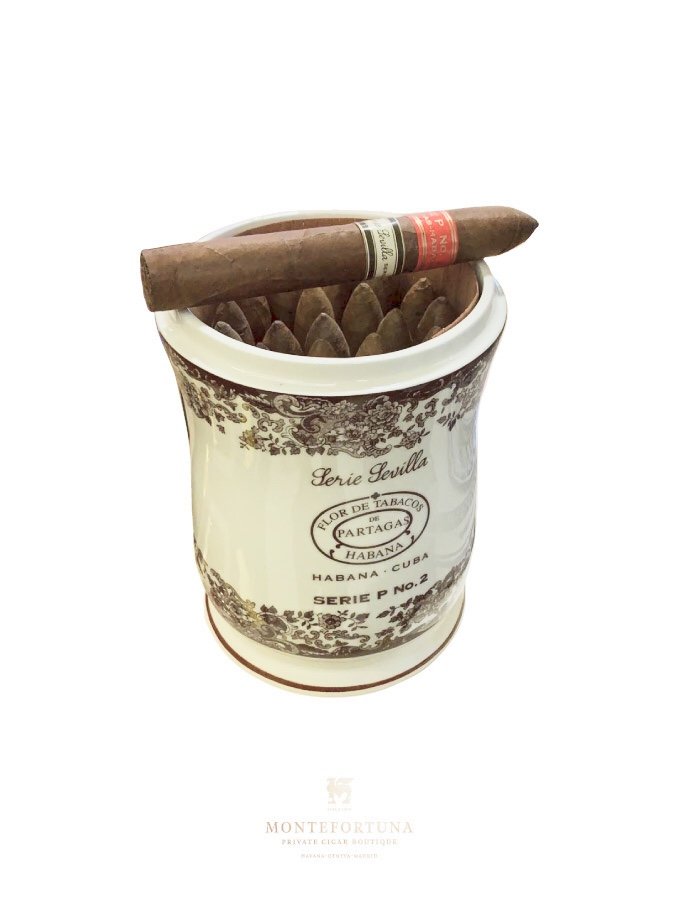
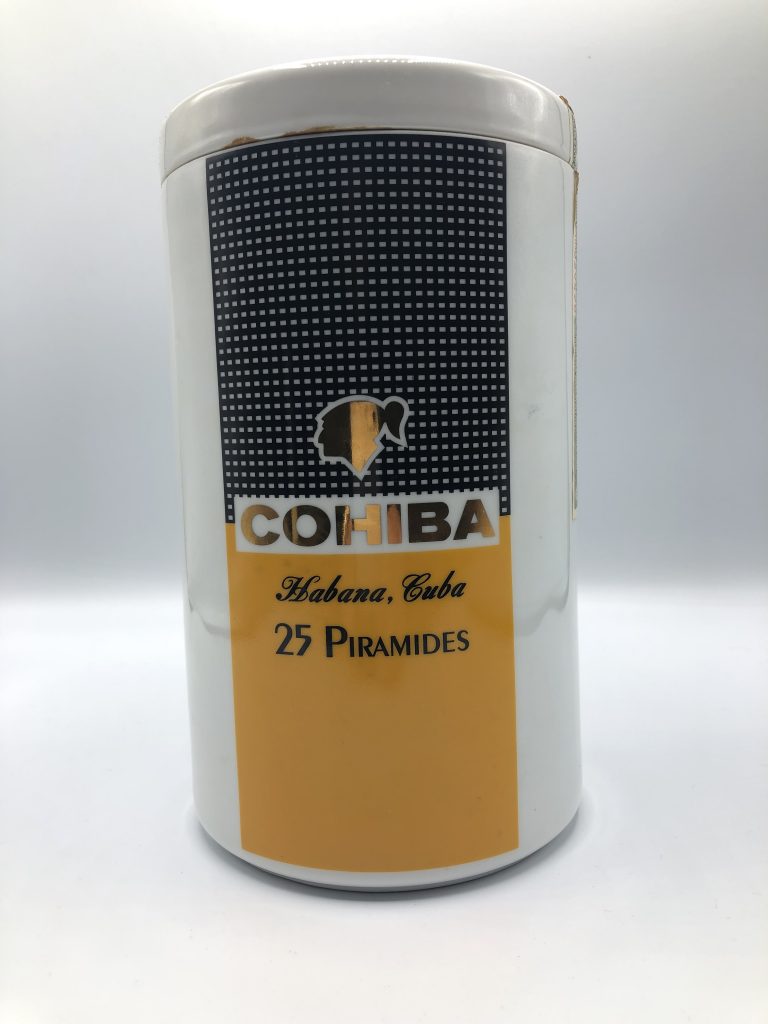
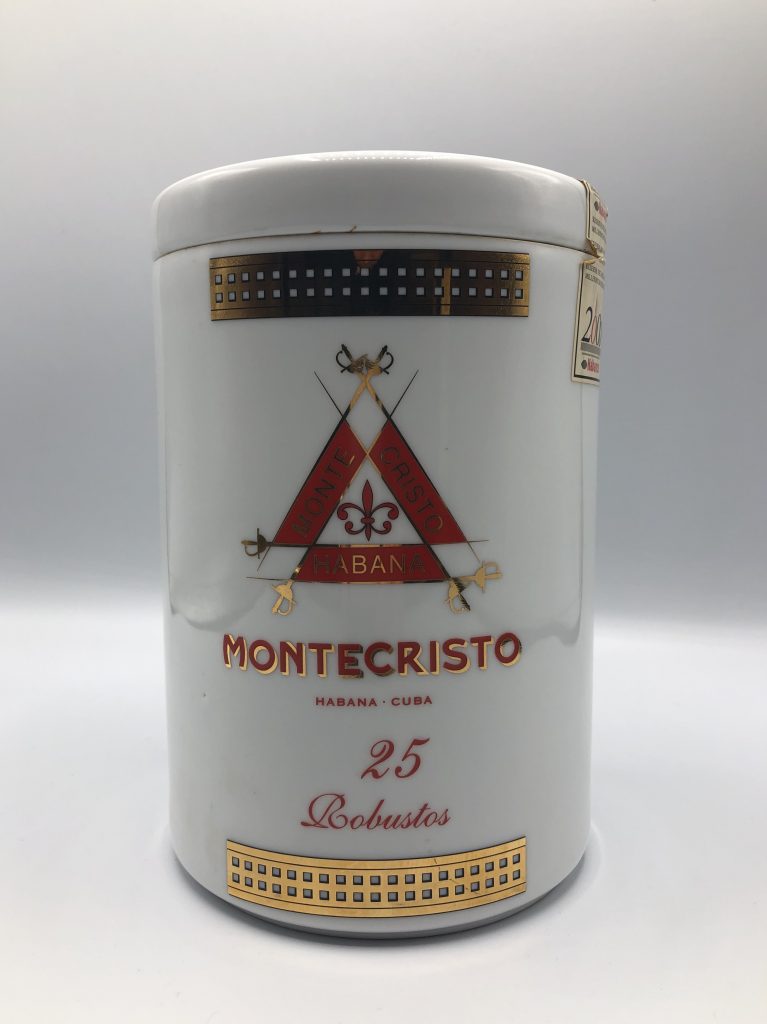
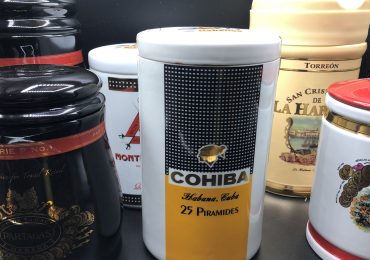
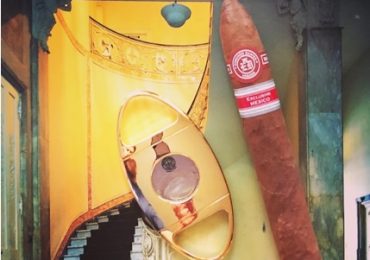
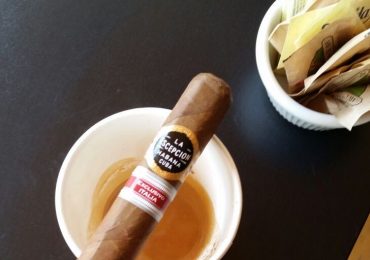
How much is the Montecristo Robustos millennium jar and Partagas Serie P No.1 worth? I have several to sell. Thank you!
Hello Michelle, We have sent you an email. kindly respond. thank you!